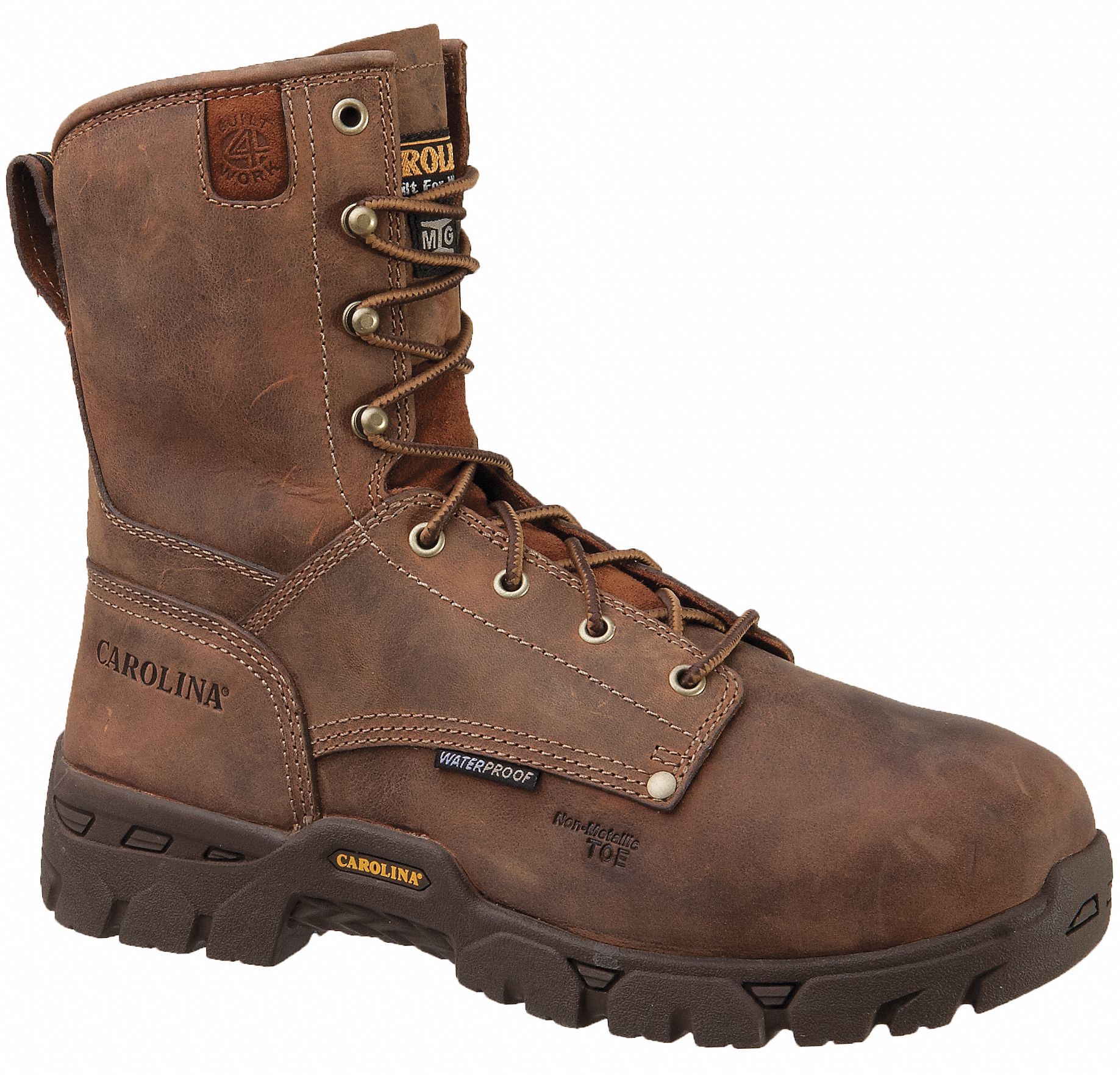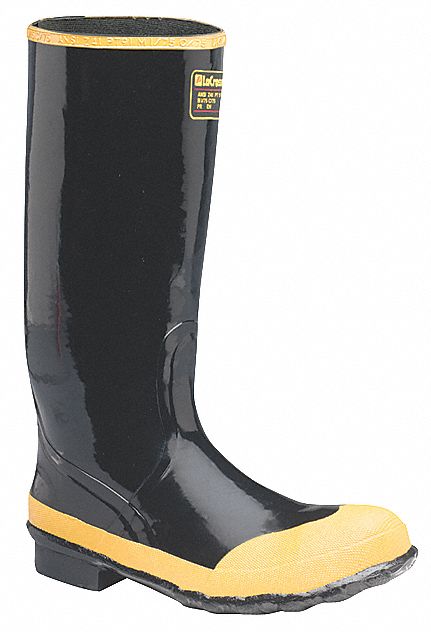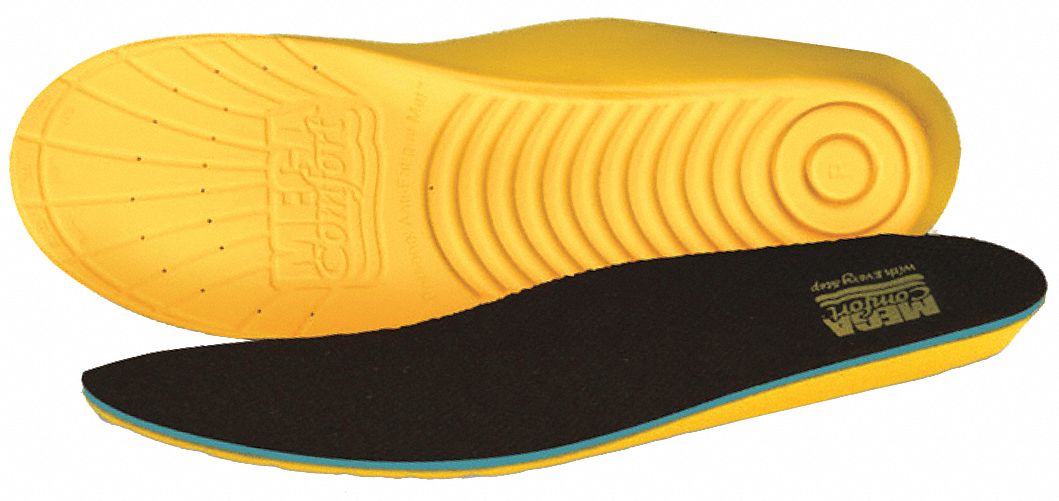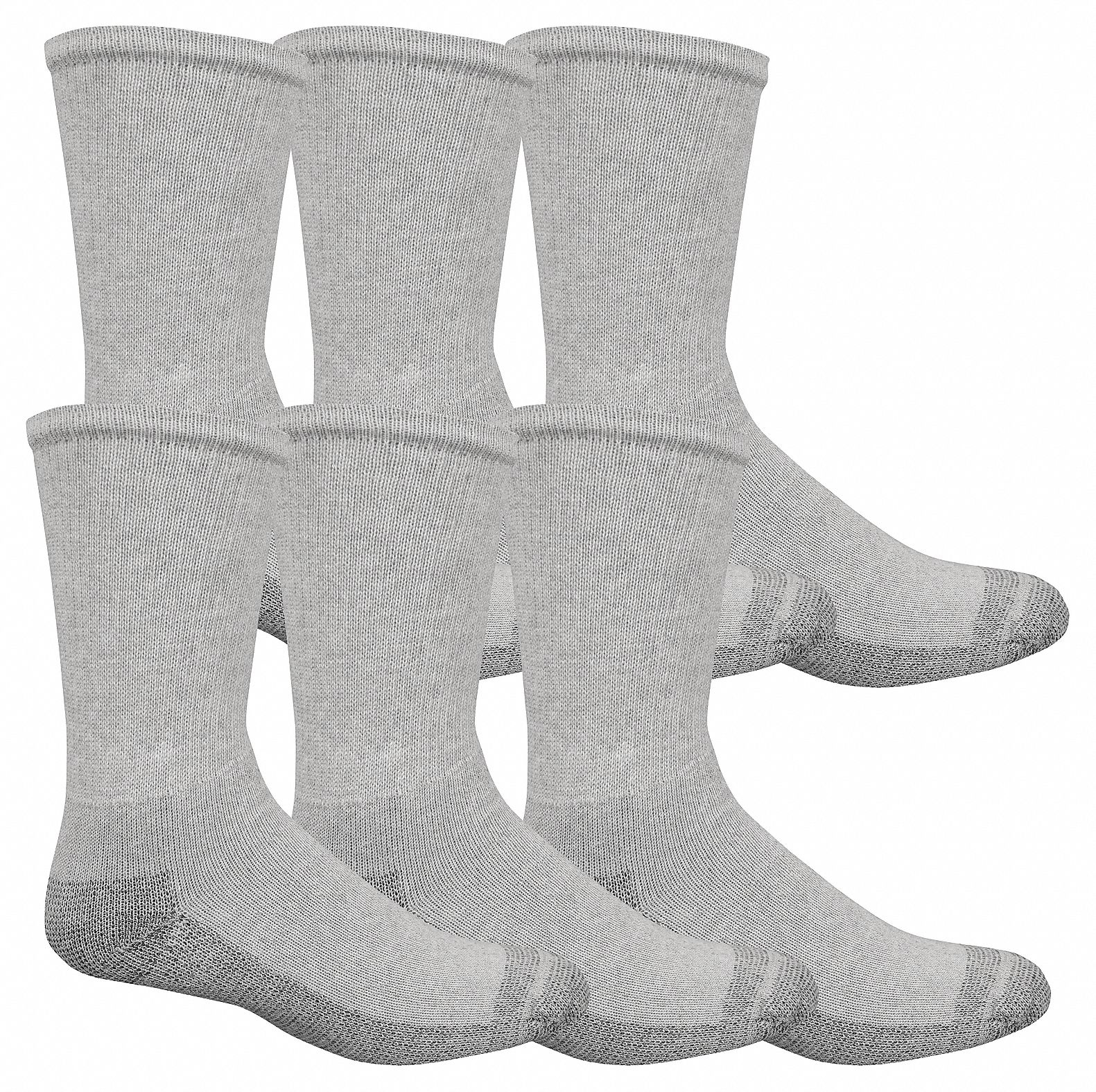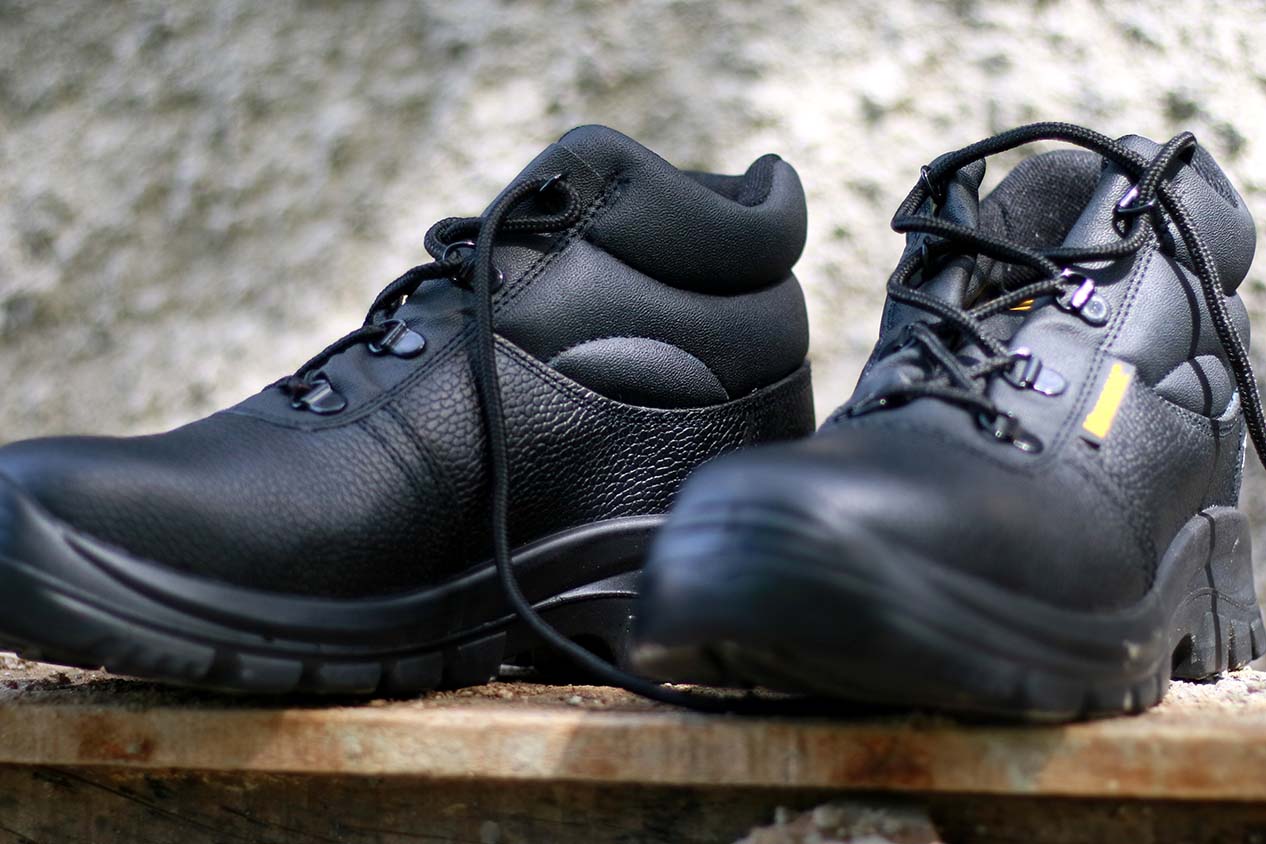

Footwear Beyond the Work Boot
By Grainger Editorial Staff


When building your footwear program, consider more than just the boot to find the right fit.
Walking a mile in your employees’ shoes can reveal big gaps in your footwear program. In addition to their shoes, your employees require the right socks, protections, guards, and grip to be safe and productive. Depending on your environment – from offices to production floors – these features can help workers adapt to the many different hazards they might face.
Socks and Insoles
Often overlooked as part of the footwear program, socks and insoles can make substantial differences in safety and comfort.
The right socks for the job keep feet sanitary and provide comfort in warm and cold situations. Depending on the job, thick, warm socks can be the right fit, while other situations demand breathable materials that wick away sweat. Socks also help to prevent blisters and other foot injuries that can take workers off their feet indefinitely and spread disease.
Insoles fit into existing boots and shoes to provide a better fit or improved comfort. For those on their feet all day or with conditions such as pronation, these insoles can be the difference between a workday that is productive and one that is painful. Factor unique insole situations into your footwear purchase, and provide opportunities for workers with specific needs to find the right insole as you order.
Safety Features
Shoe safety is a large consideration for factory and warehouse environments, where machinery and equipment can offer hazards that might seriously injure feet.
More common safety features include steel toes that protect against strikes and drops, as well as reinforced materials and rubbers that resist wear. Safety features can also include waterproofing and reflective taping, which provide comfort and visibility bonuses in more hostile environments.
Safety features can differ depending on your unique situation. Common safety footwear options range from shoes that are non-metallic and chemical-resistant to boots that resist puncture and can hold up to chainsaws and knives. Depending on your environment, machinery and demands, these can be injury-preventing and live-saving features.
Grip and Traction
The bottom, or outsole, of footwear provides the grip and traction that are crucial to employee safety. Grip is a significant factor in footwear appropriateness and effectiveness, and it’s vital in every environment. Shoes without grip in situations that demand traction will fail on arrival and put your employees in danger. The situation is even more pressing in facilities with wet, uneven, or debris-filled surfaces.
The more movement an employee needs to do, the more likely he or she will need grip. Even the regular shoes worn on smooth floors and in offices can need grip, and traction considerations should go beyond just those workers who need boots. Evaluate all of your traction needs before ordering, and provide a range of outsole options that allow employees to stay stable in any condition they may face.
Toe Guards and Shoe/Boot Covers
Toe guards are an option in situations where toe protection is needed for visitors to a worksite. These devices are worn over existing non-safety footwear to offer protection for visitors whose shoes or boots lack inherent safety toes.
Shoe and boot covers are also available to provide liquid and chemical protection that’s not inherently built into a pair of footwear. There are also shoe and boot covers that are designed to prevent the footwear from contaminating clean environments.
![]()
The information contained in this article is intended for general information purposes only and is based on information available as of the initial date of publication. No representation is made that the information or references are complete or remain current. This article is not a substitute for review of current applicable government regulations, industry standards, or other standards specific to your business and/or activities and should not be construed as legal advice or opinion. Readers with specific questions should refer to the applicable standards or consult with an attorney.

